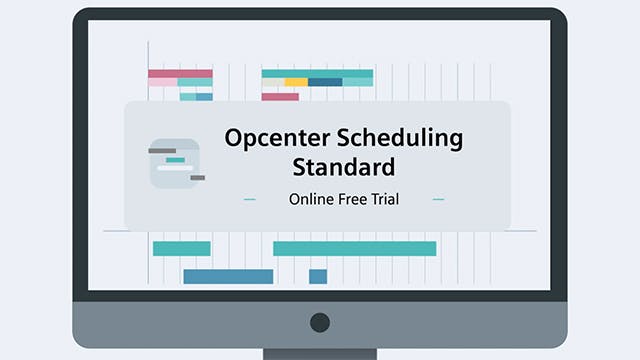La programación justo a tiempo es un aspecto del principio general de la producción justo a tiempo. El objetivo principal de la producción JIT es minimizar el tiempo entre la recepción de suministros y la entrega del producto terminado al cliente final. Aunque la producción JIT se concibió como una metodología independiente (hace unos 50 años por Toyota Motor Corporation), hoy en día se considera típicamente un aspecto de la fabricación ajustada.
La programación justo a tiempo es la forma en que un fabricante se asegura, en el día a día, de que cada pedido se produzca con el tiempo suficiente para lograr la entrega a tiempo. Este mismo objetivo caracteriza a la planificación justo a tiempo, pero el horizonte temporal para la planificación JIT es de semanas o meses. La programación justo a tiempo permite a un fabricante adaptarse a los cambios de última hora, que pueden surgir debido a modificaciones de órdenes de trabajo, excesos de tiempo, problemas de disponibilidad de materiales y otros factores. La programación JIT está diseñada para evitar retrasos en las entregas, por un lado, y una acumulación de materiales, trabajo en curso y productos terminados, por otro.
Al reducir los retrasos y los inventarios, la programación justo a tiempo ayuda a las empresas a reducir el desperdicio de materiales caducados o dañados. Los fabricantes también reducen los costos asociados con el almacenamiento de inventario o el almacenamiento de materiales a lo largo de una línea de producción. Con la programación justo a tiempo, los ciclos de producción también se pueden optimizar para que las empresas disfruten de una mayor productividad de sus instalaciones de fabricación.
Al igual que con otras tareas de planificación y programación de la fabricación, la ejecución de la programación justo a tiempo ha evolucionado de una operación basada en papel a una aplicación de programas generales de hojas de cálculo a sistemas de software interactivos diseñados específicamente para la planificación y programación. Hoy en día, los sistemas avanzados de planificación y programación (APS) gestionan las complejidades de los programas de fabricación. Los sistemas APS logran la programación justo a tiempo con herramientas poderosas que tienen en cuenta los muchos factores que afectan el programa de producción:
- Disponibilidad de materias primas y otros insumos
- Disponibilidad de recursos de producción (equipos, personal)
- Tamaño y fecha de entrega de cada pedido
- Velocidad de funcionamiento y capacidad de cada máquina que se utilizará en cada pedido
- Tiempo de cambio de línea de producción
- Nuevos pedidos que requieren una respuesta rápida
Productos relacionados: Opcenter Advanced Planning and Scheduling


